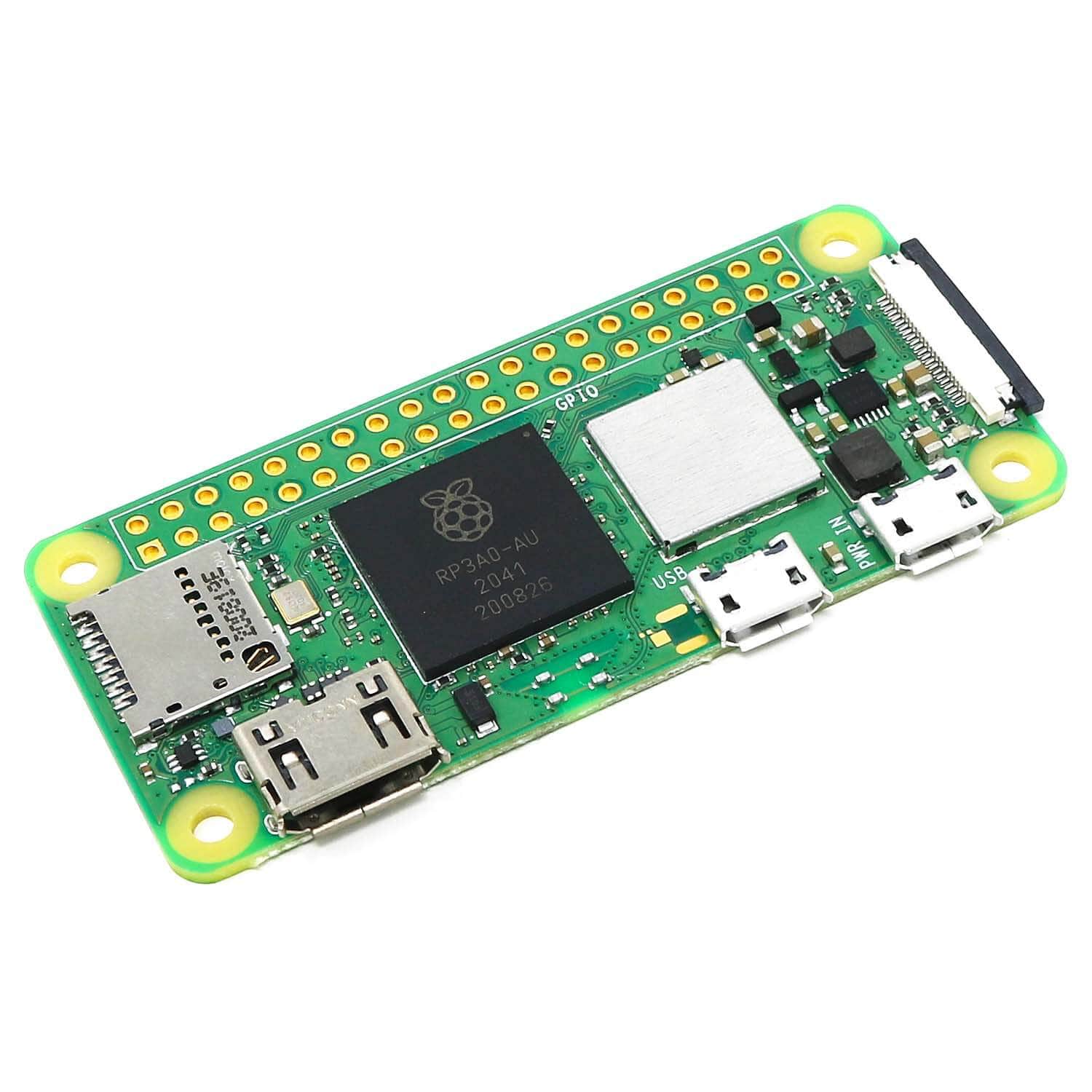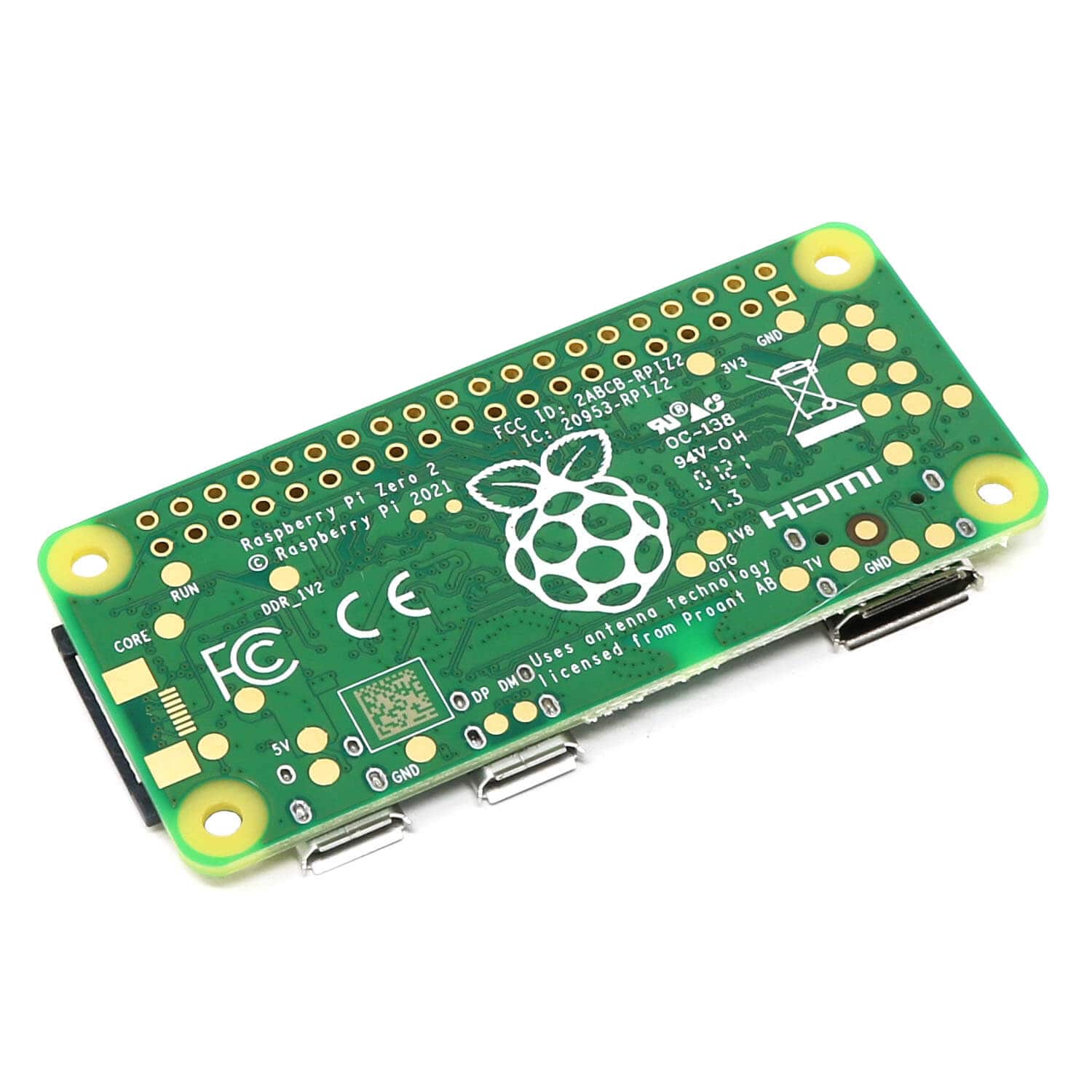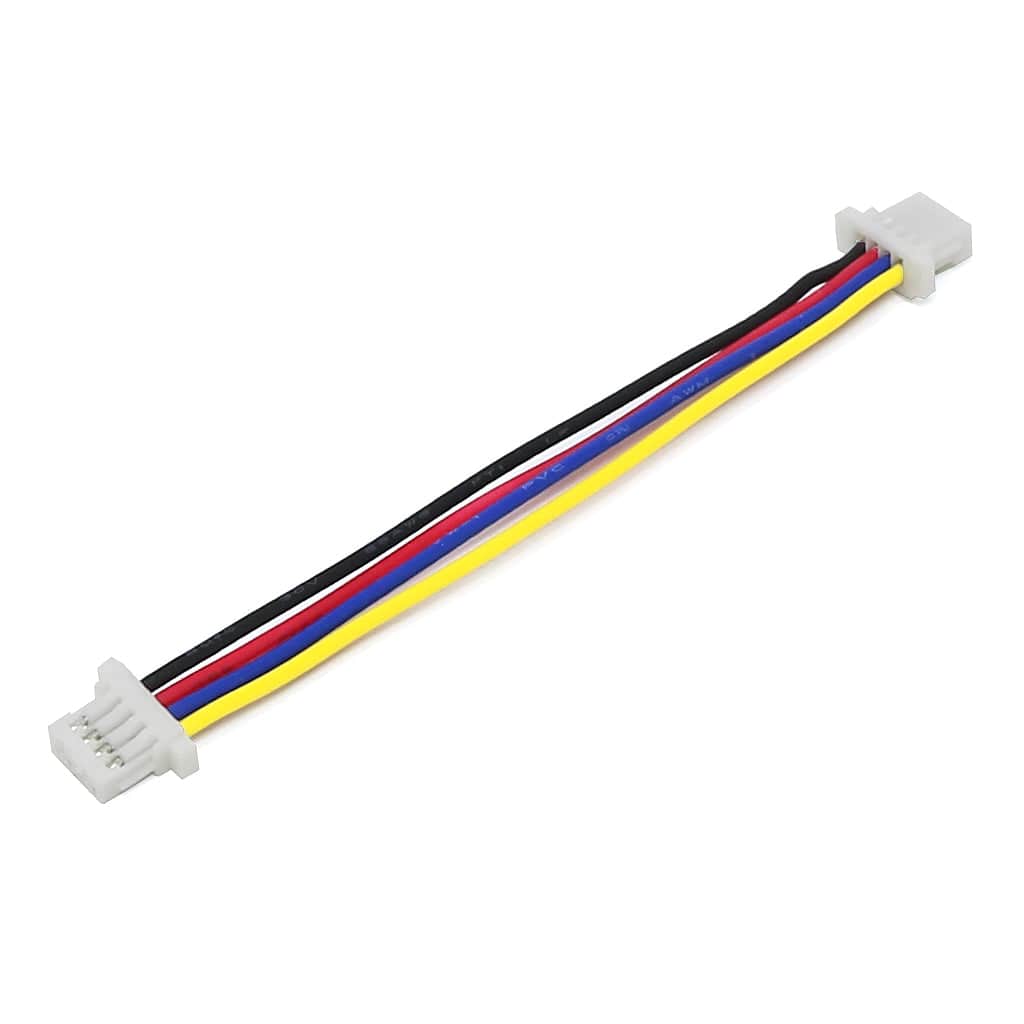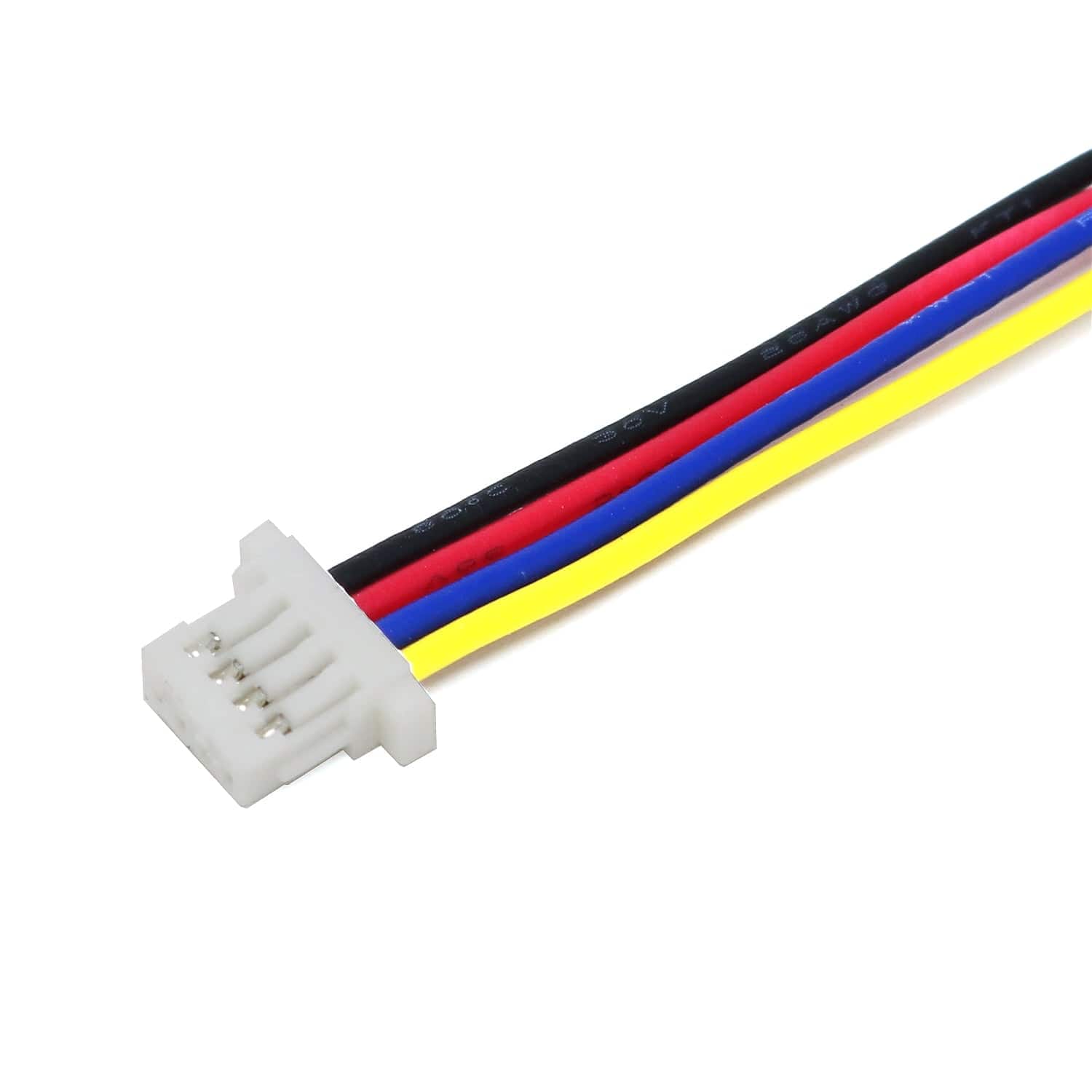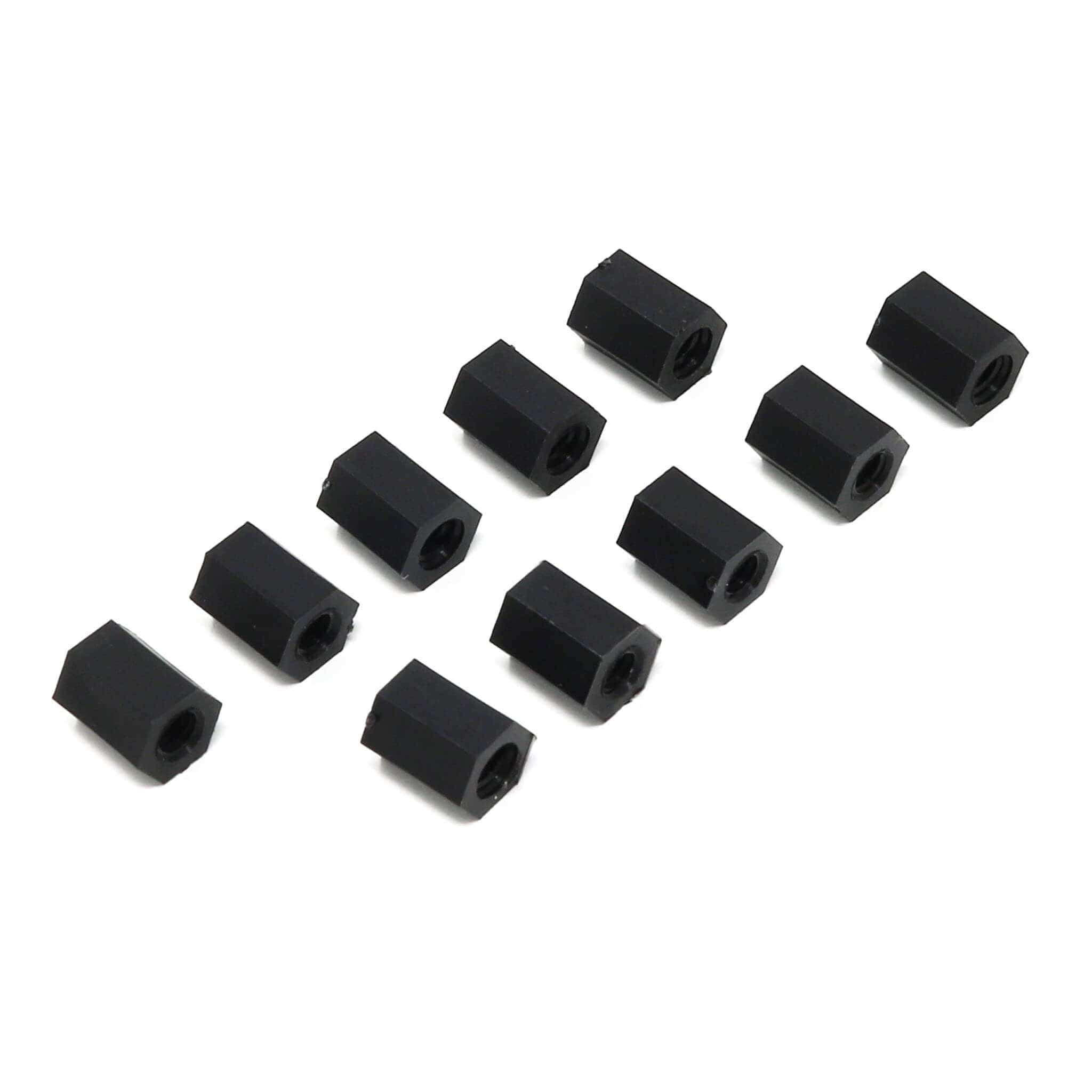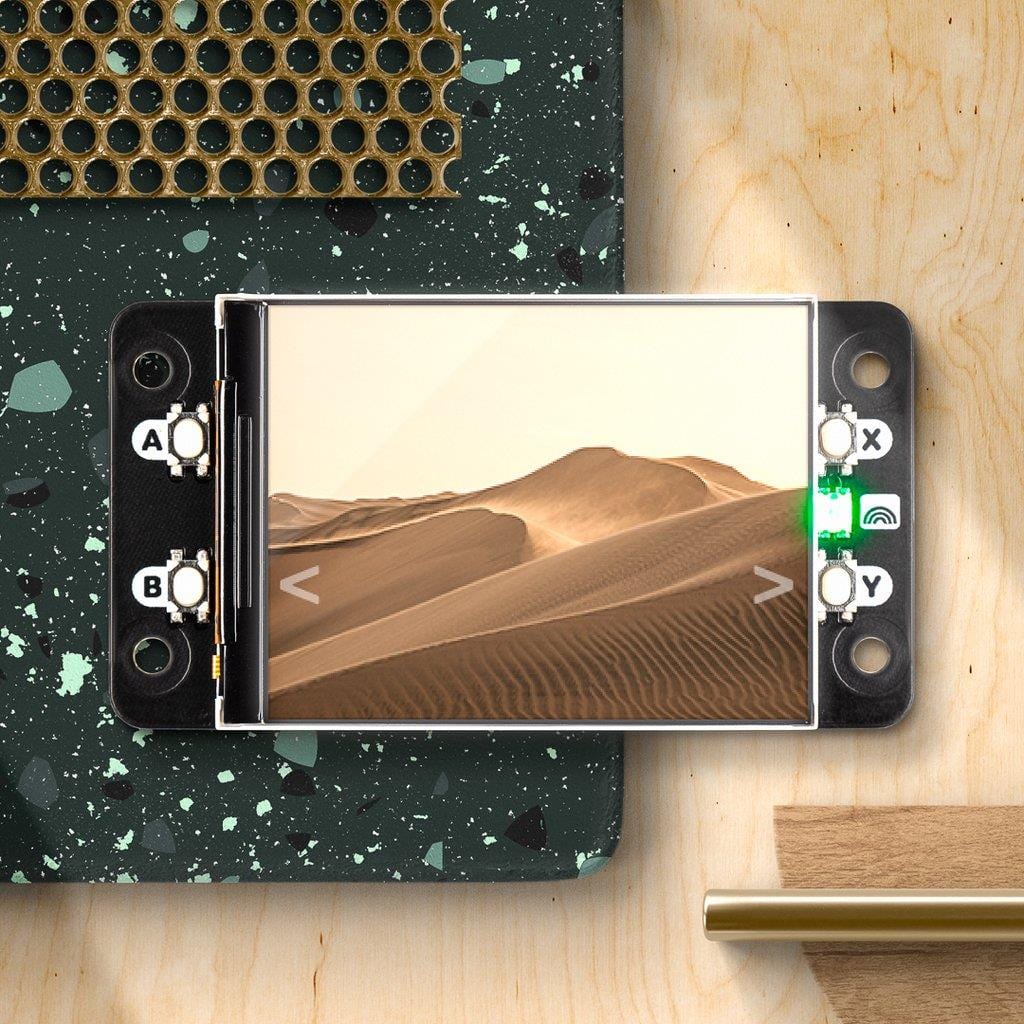
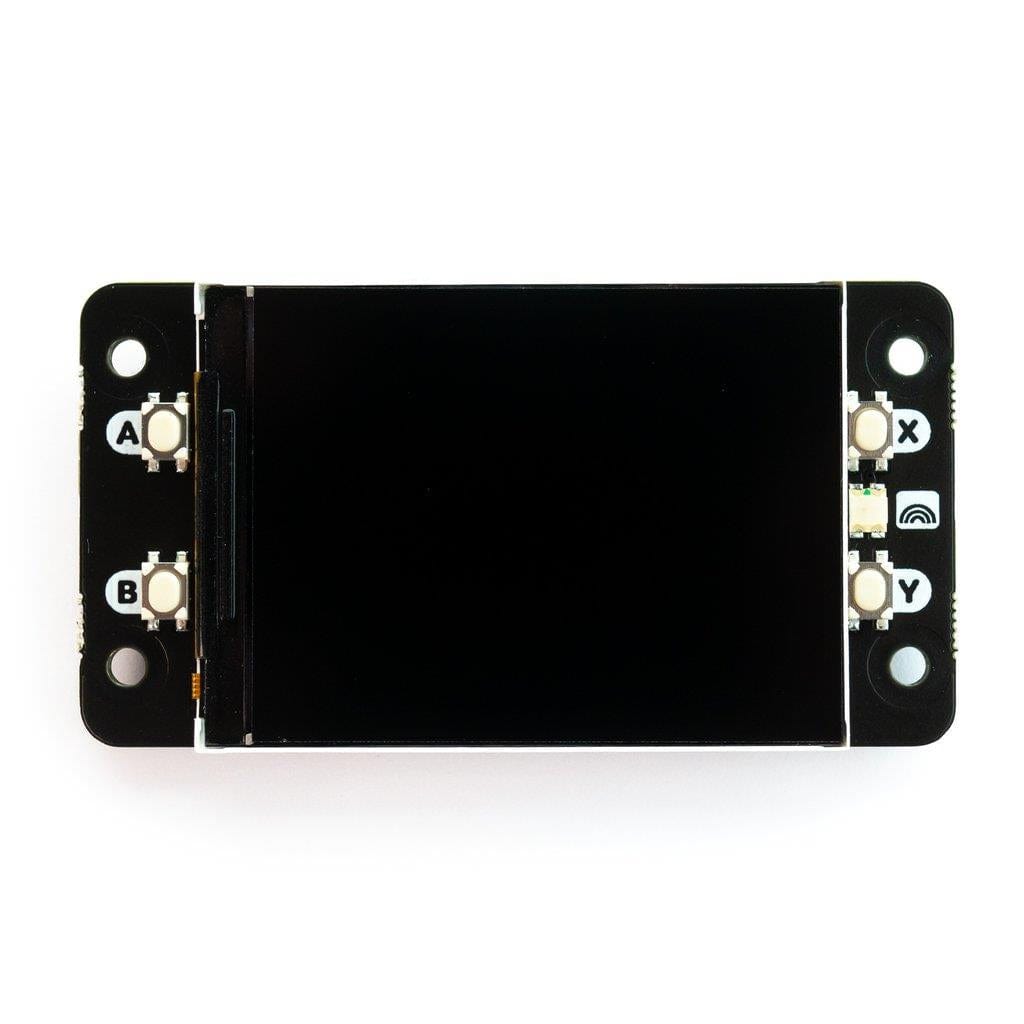
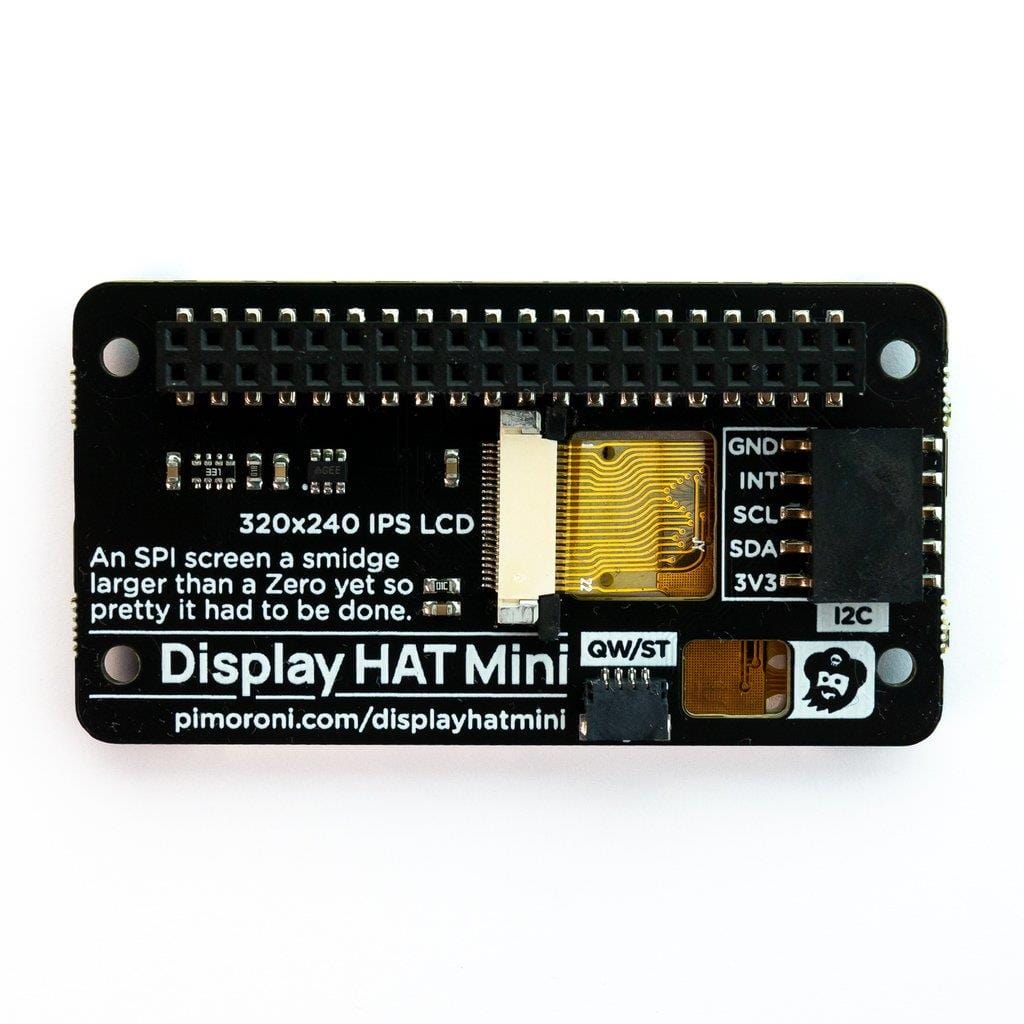
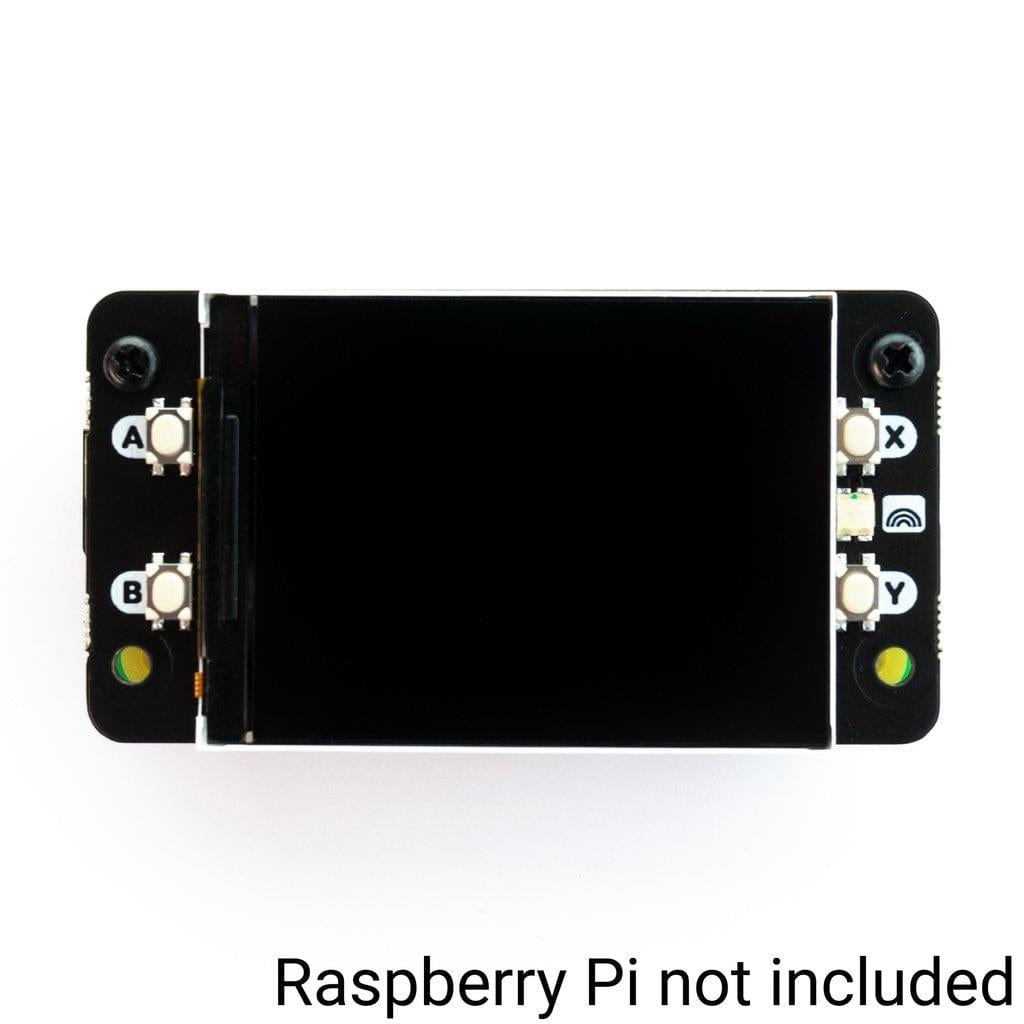
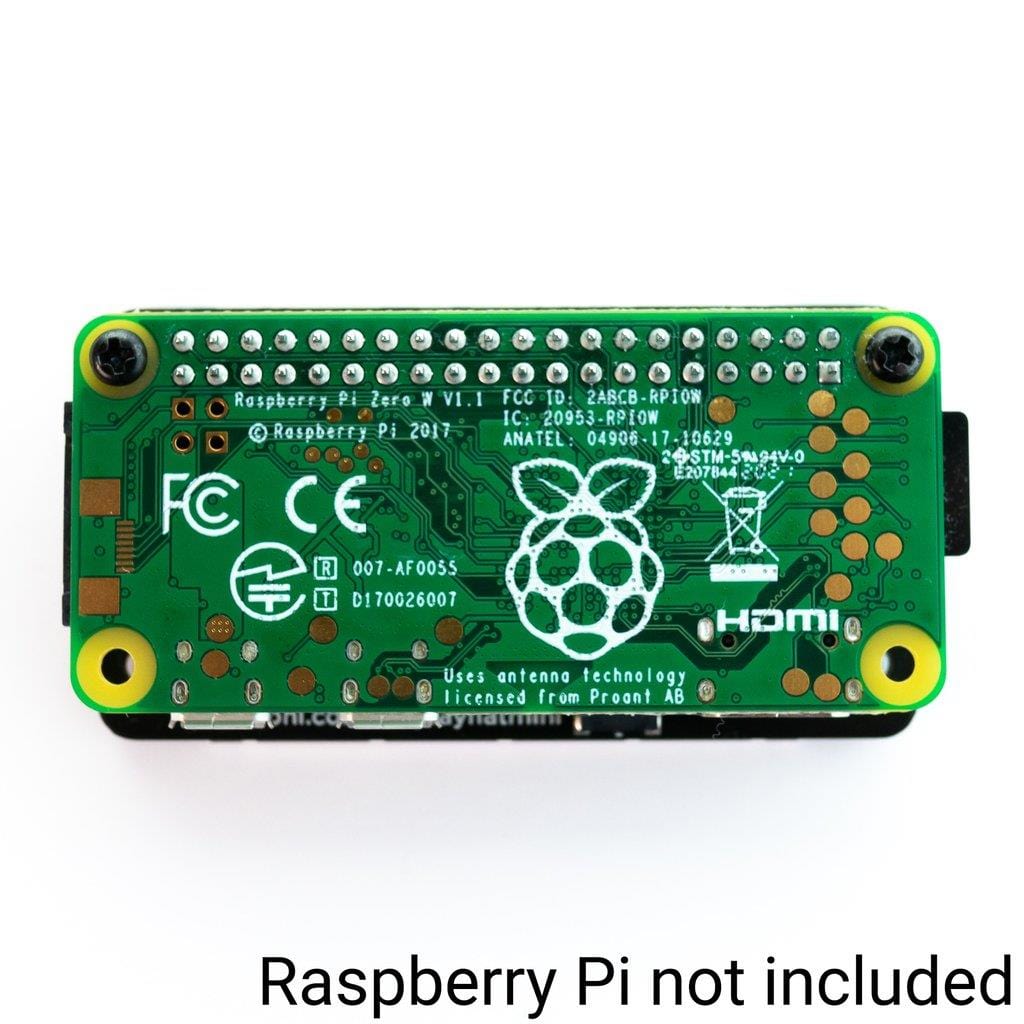
Login / Signup
Cart
Your cart is empty
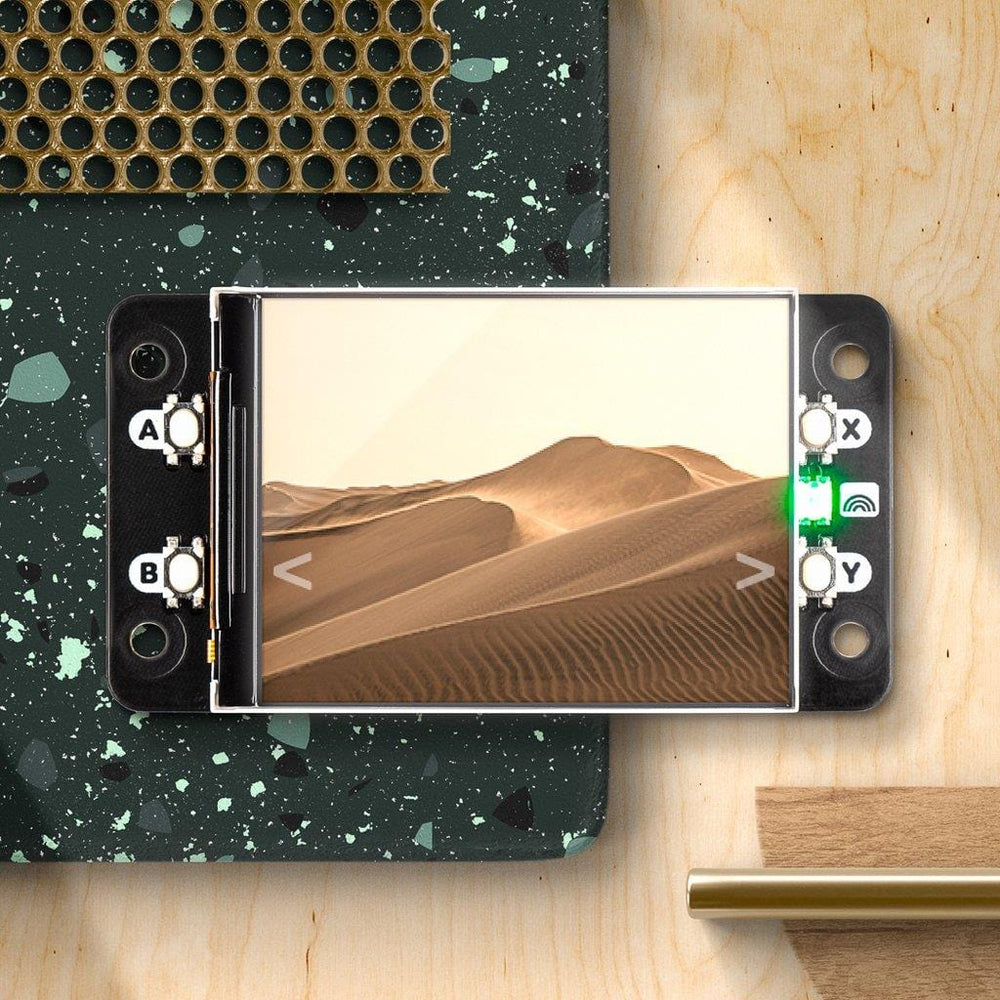
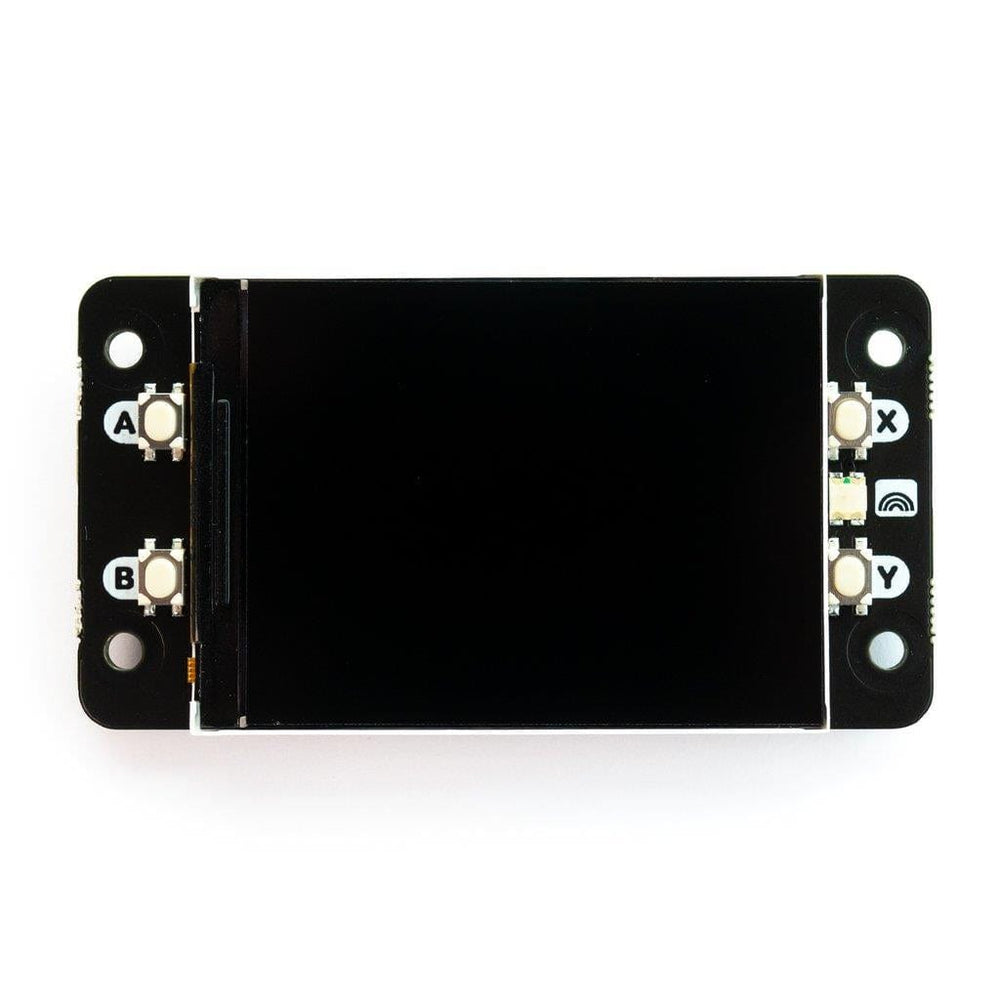
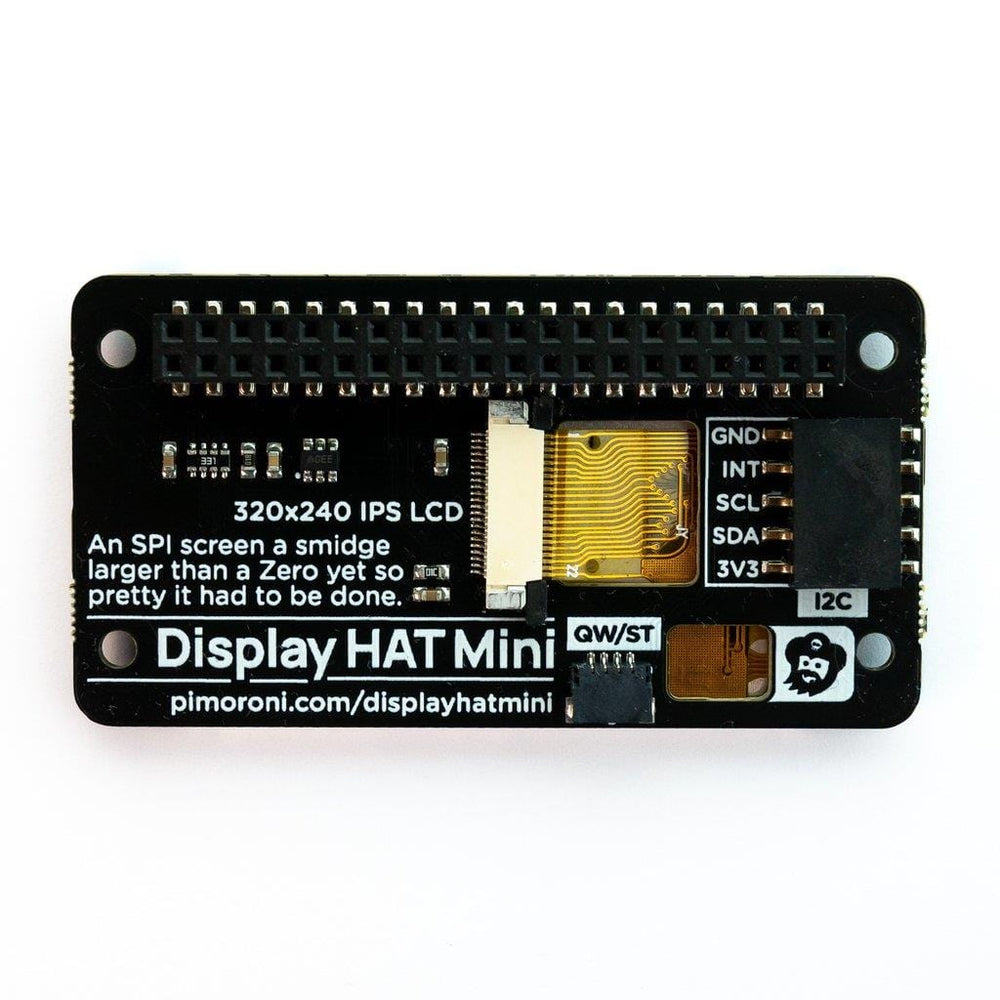
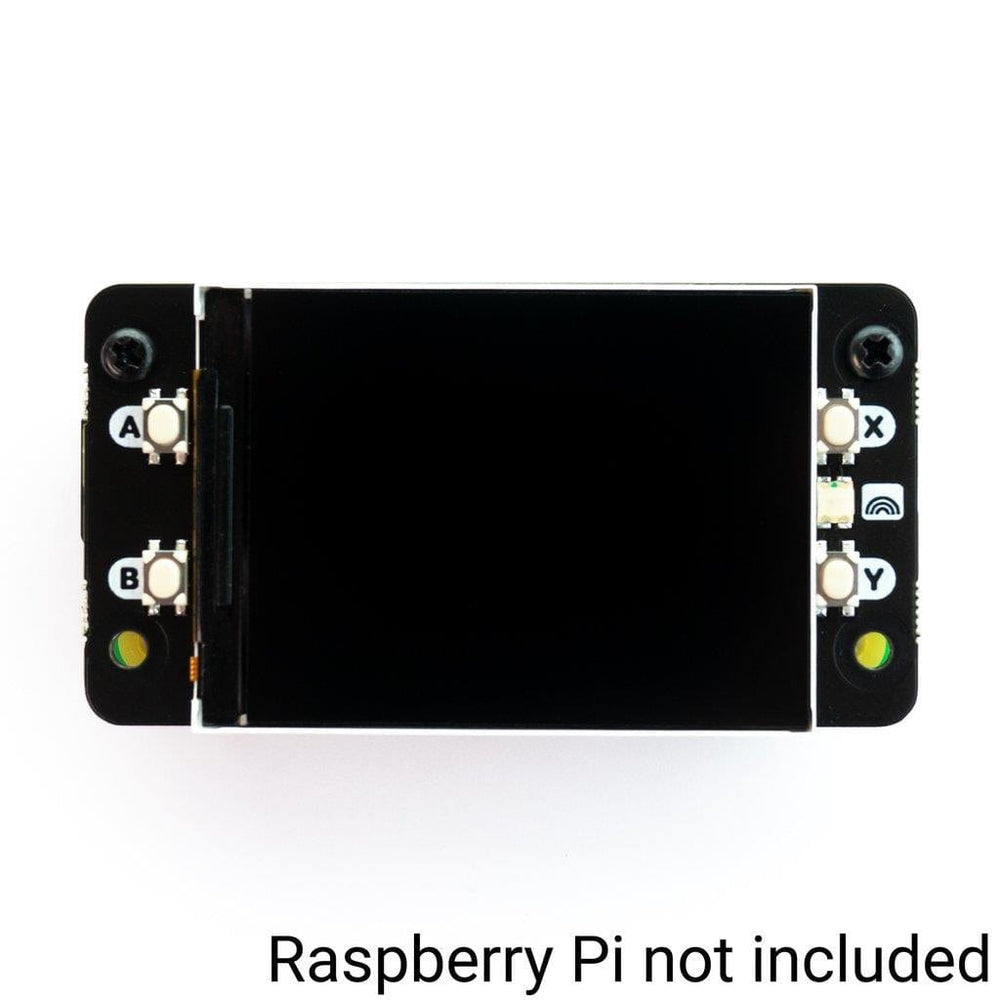
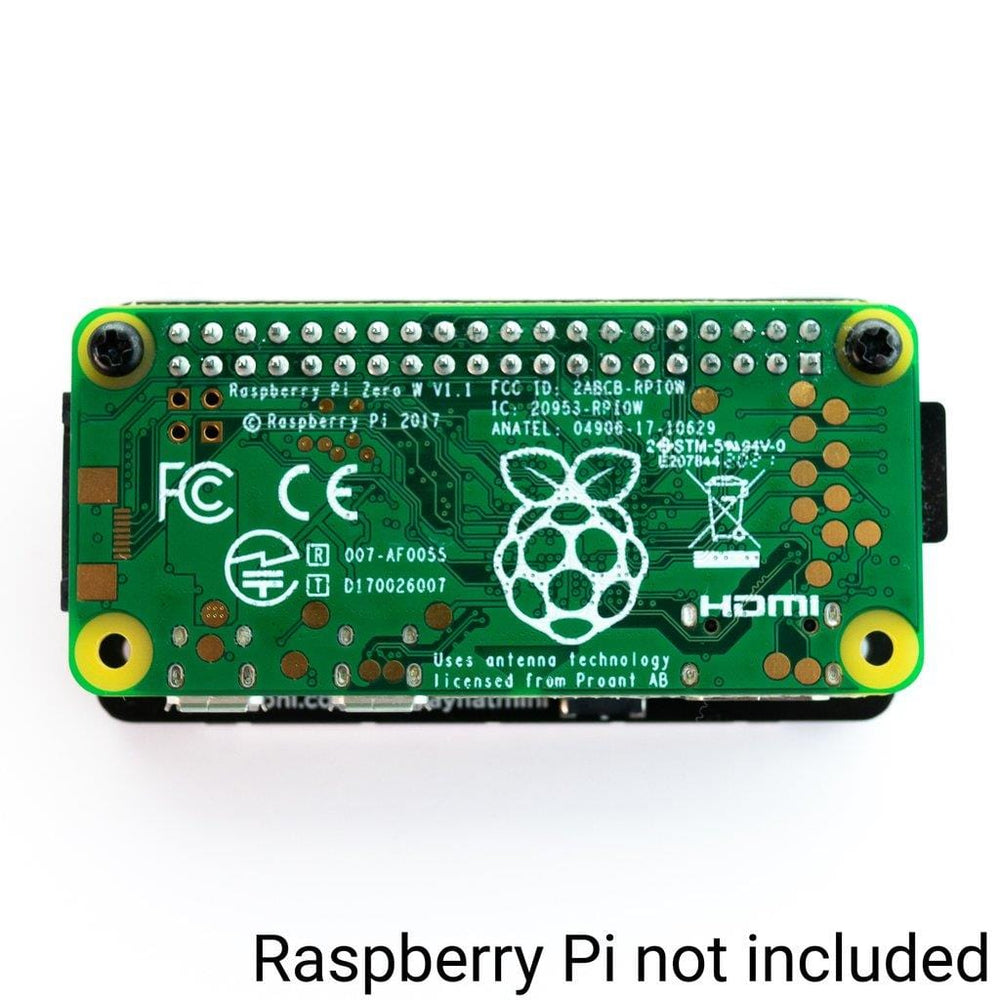
A generous 2.0" (320 x 240) IPS LCD display for the Raspberry Pi with lots of tasty baked in functionality.
Display HAT Mini features a bright 18-bit capable 320x240 pixel display with vibrant colours and formidable IPS viewing angles, connected via SPI. It's got four tactile buttons for interacting with your Pi with your digits and an RGB LED for notifications. We've also squeezed in a QwST connector (Qwiic / STEMMA QT) and a Breakout Garden header so it's a doddle to connect up different kinds of breakouts.
It will work with any model of Pi with a 40 pin header, but we think it goes with the Raspberry Pi Zero particularly well - we've included a pair of standoffs so you can use to bolt HAT and Pi together to make a sturdy little unit. To accommodate the screen Display HAT Mini is a bit bigger than a standard mini HAT or pHAT - it's around 5mm taller than a Pi Zero (so a Mini HAT XL or a Mini HAT Pro, if you will).
Display HAT Mini lets you turn a Raspberry Pi into a convenient IoT control panel, a tiny photo frame, digital art display or gif-box, or a desktop display for news headlines, tweets, or other info from online APIs. This screen is a handy 3:2 ratio, useful for retro gaming purposes!
Raspberry Pi and accessories are sold separately
We've added support for this screen to our ST7789 Python library so it's easy to write and draw on using libraries like PIL - there are examples showing how you can display shapes, text and gifs.
We've also been having fun with fbcp-ili9341 - a high-level framebuffer driver for SPI-based LCD displays. The Raspberry Pi OS desktop is a leeetle small on a 2.0" screen, but this might be a good option if you're doing something like building your own custom retro console.
You can connect breakouts and modules with a Qwiic or STEMMA QT connector into Display HAT Mini with one of these handy cables.
If you have a Breakout Garden breakout without a Qw/ST connector, you can either pop one of these adaptors on the end of your cable, or you can plug a Breakout Extender into the header at the other end of Display HAT Mini (you can find it next to your Pi's SD card slot).






